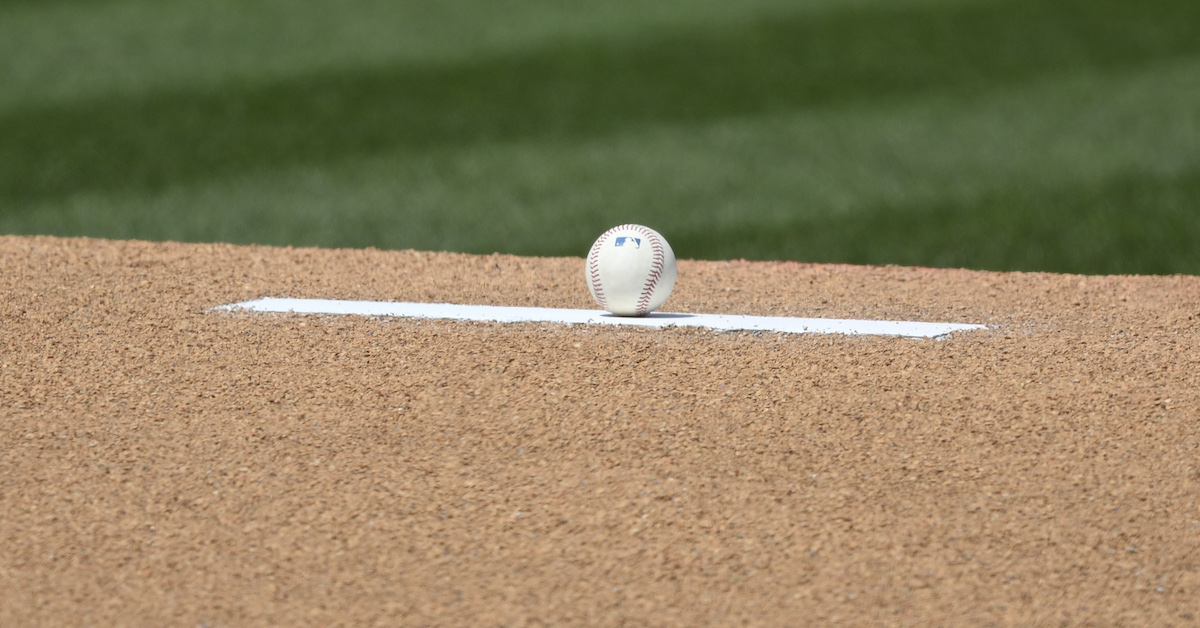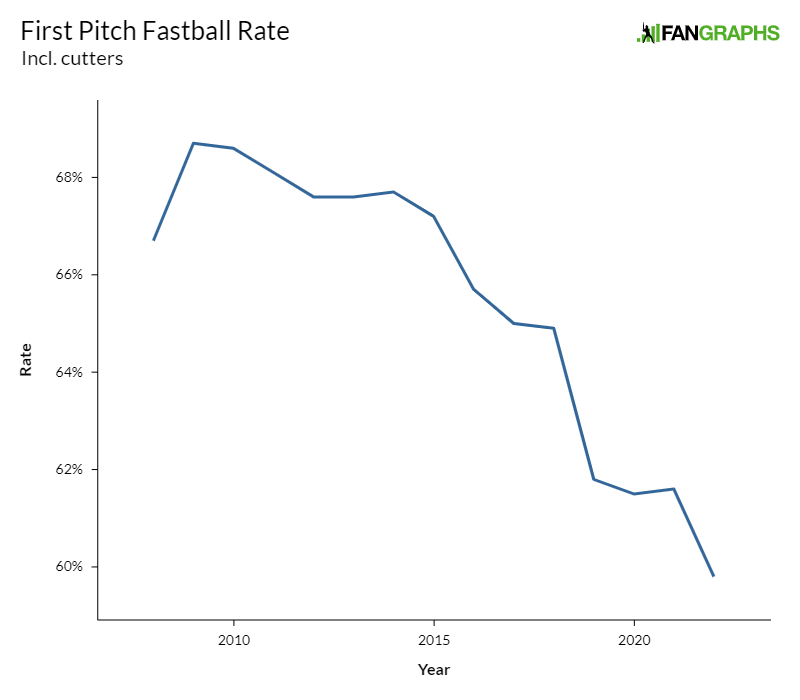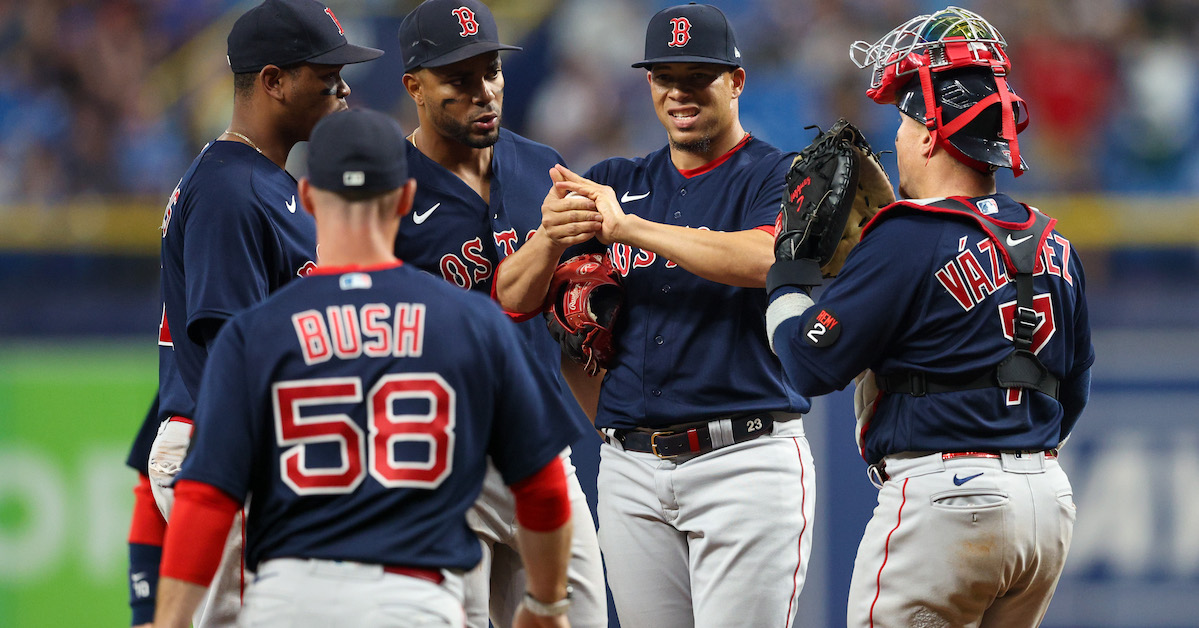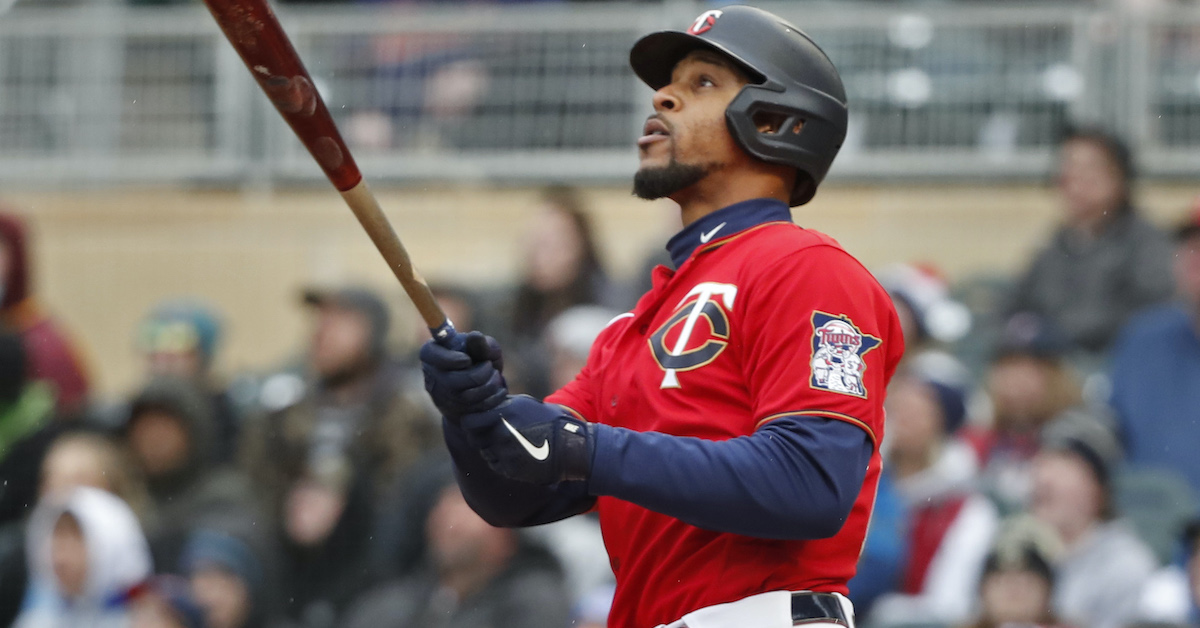Checking In on Bryce Harper, Full-Time Designated Hitter (For Now)

We went over this just a couple of weeks ago: between Kyle Schwarber, Nick Castellanos, Rhys Hoskins, and Alec Bohm, the Phillies have no shortage of defensively challenged players who might be better served as the team’s designated hitter, and luckily for them, the DH is now a permanent thing in the National League. The team’s plan at the outset of the season was to use its two new free agent sluggers, Castellanos and Schwarber, to occupy that role while minimizing their exposure in the field, yet for almost two weeks now, the position has been occupied by Bryce Harper. The reigning NL MVP was supposed to be the team’s starting right fielder, but an elbow injury has led to him shelving his glove for the moment — and it’s coincided with him heating up after a slow start.
Harper started eight of the team’s first nine games in right field, but he hasn’t played the position since April 16. Instead, he’s remained in the lineup as the team’s DH for 12 straight games. He apparently injured the elbow while making a throw to home plate on an RBI single by the Mets’ Francisco Lindor on April 11:









